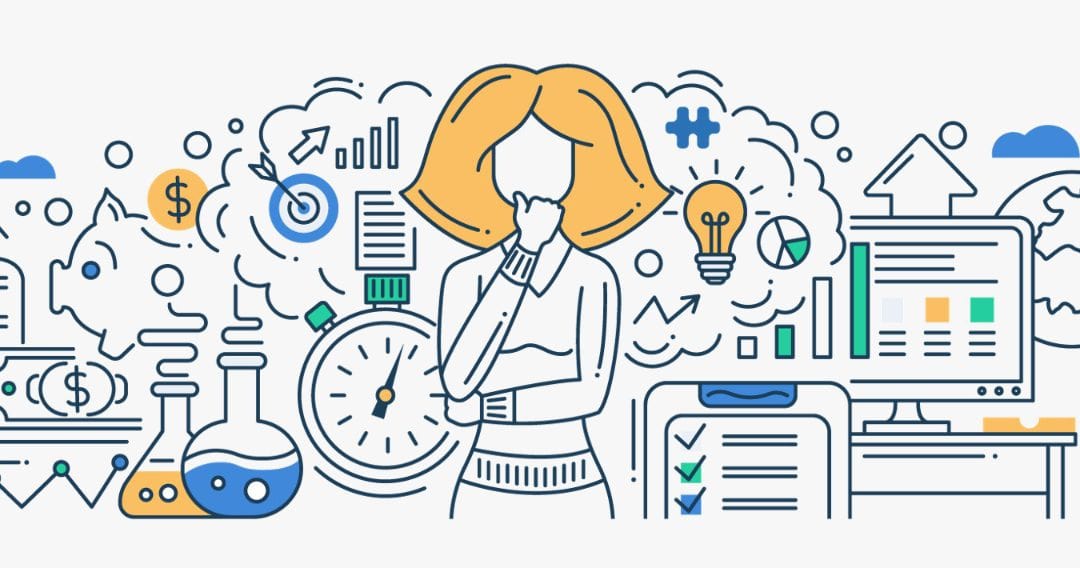“Never let a good crisis go to waste.”
Winston Churchill is believed to have said this in the mid-1940s during the end of World War II. The quote couldn’t be more relevant in today’s times. We are in the middle of a crisis, and we are witnessing human ingenuity and creativity at its best. These priceless qualities have helped us come out stronger in the face of calamities in the past, and they will also determine our success in the present and the future. Only this time around, our chances of success seem to be pivoted on one thing more than others – design thinking.
So we’ve started to ask ourselves, how will design thinking change in the post-COVID-19 era? We’ve been observing behavioural changes in our surroundings ever since the pandemic came to be. Physical (not social) distancing has ensured that we maintain safe distance between others, and ourselves wherever we go, people have started preferring ‘namaste’ as a greeting over the handshake, and so many are seen sporting facemasks. Is it possible to use design thinking and human-centric design principles to help alleviate the kind of health concerns we’re seeing during this pandemic, and perhaps prepare for a similar one in the future?
Doubtless, the crisis at hand is not without its share of massive losses. Chief Mentor at the Foundation for Architectural Career Enhancement Design, Ash Parekh incisively predicts the downward revision of construction budgets, and reduction in demand for office spaces. How designers adapt to this situation will determine our future success in this regard. And global companies are already have ready concepts! Cushman & Wakefield has devised the Six Feet Office – keeping physical distancing in mind – think contactless pathways, designs to ensure unidirectional flow of human traffic, motion sensors at all doors and more. Even Retail Design is responding with ‘low touch, high sense’ – technologies recently conceptualized keeping convenience in mind. Their side benefit was lowering human-to-human interaction, something that very likely will become the main benefit now. For example, Amazon’s just-walk-out technology for phygital brick and mortar stores – Amazon Go – is hugely relevant now that we need to be mindful of personal space more than ever.
These solutions – both new and old – are a perfect fit for today’s times. But how do we make tomorrow’s designers understand the mindset they need to design for an uncertain future? “Learning in New Reality means constant adaptation and innovation, and the ability to stay one step ahead of the change. But how do you adapt? The answer lies in design thinking.” This is what our School of Design Dean, Alex Velasco feels our design attitude in the new reality should be. We need a brand new set of flexible guidelines to replace the rigidity rules and principles. This is why we adopt a constantly iterative approach, ready to take inputs from the environment and respond with agility.
We are proud that our students are among the examples of creative minds recognizing and solving the difficulties of present times. They’ve made some valuable contributions to their surroundings with their creativity. Take Pearl Academy Mumbai’s Fashion Design student Simran Oswal, for example. She is making cloth masks almost as effective as the N95 variants to help address the Personal Protective Equipment (PPE) shortage for healthcare workers. Her inspiration comes from her father, who is a doctor combating COVID-19 from the frontline in Karnataka. Note the small messages of hope and cheer the masks carry. Then there’s Pallav Chaudhary, another alumnus and talented textile artist who shared a DIY video on how to make your own masks at home. The easy-to-follow tutorial makes mask making easy by suggesting usage of readily available material at home.
These, we feel, are the first signs of design leaders of tomorrow. We believe that at any given moment, budding design thinkers and entrepreneurs in virtual classrooms across Pearl Academy’s many programs are thinking of ways to turn challenges of this new reality into opportunities. We can’t wait to hear the next big ideas from our students, as they gear up to take a disrupted world by a disruptive storm.

Image credit: BBVA.com












